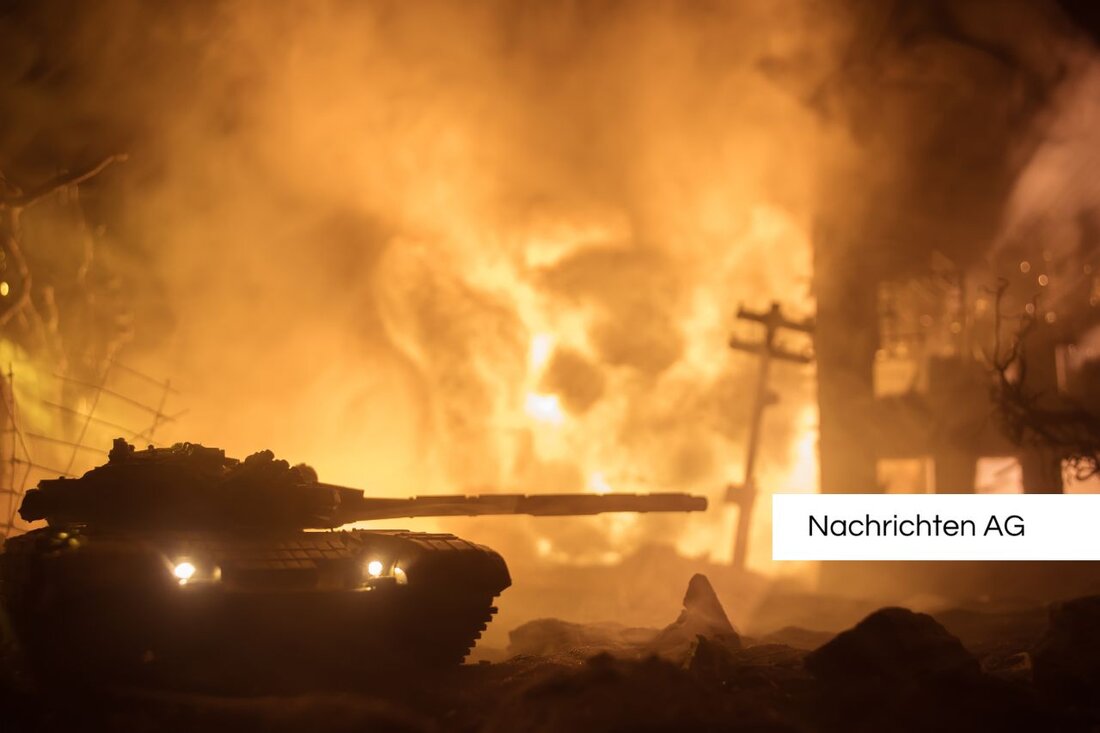On the search for traces: a son reveals his father's secret
On the search for traces: a son reveals his father's secret
In a touching search for the past, 64-year-old Hans Traag from Utrecht embarks on an odyssey to learn more about his father Anton Traag's life, which was kidnapped to forced labor in Saxony during the Second World War. From 1943 to 1945, Anton Traag had to work in the table factory Robert Stephan in Rippien under the most difficult conditions. Born in 1921, he returned after the war, married and founded a large family, but the contact between him and his son Hans was always stressed.
Hans Traag, which is restricted due to health problems, has intensively dealt with his father's experiences in recent years. "I want to break through the trauma of my childhood," he said during a lecture in the Possendorfer town hall. On this occasion, he expressed his desire for information about the living conditions of the forced laborers in Rippien and their experiences. Far from personal history, the fate of around 450,000 Dutch forced laborers reflects by Anton Traag, of which around 30,000 could not return to their homeland. As saechsische.de reported devastating bomb attack on Dresden, which burdened him throughout his life.
a difficult heir
The relationship between Hans and his father was shaped by silent suffering and unspoken memories. Anton Traag never spoke about the years of forced labor, and it was precisely this silence that Hans has moved more about learning more about his father's life. His research led him on a 765 km long bike tour from Utrecht to Rippien. During this trip he came across the sad fact that the table factory in which his father worked was now demolished and made room for new residential development.
The German crew of the Netherlands led to the forced labor of over half a million Dutch citizens, and the brutal methods of recruitment are terrifying. Forced laborers were often forced by raids and the threat of the death penalty to report. Especially from 1943, when the German authorities were targeted against young men, the situation was dramatic. Nationalaalarchief.nl, as was already the case in May 1943 men between the ages of 18 and 35, either to work in Germany or to fear the worst consequences.
The importance of memory
in his search for answers and understanding for his father's experiences, Hans Traag is not alone. Fred Seesing, another citizen of Dutch who deals intensively with the forced labor and the fates of the victims, has digitally recorded over 2,700 documents in the Arolsen Archives. This initiative, known as #everynameCounts, enables volunteers to document and make the history of the Nazi victims accessible, as reports [Arolsen Archives] (https://arolsen-archives.org/news/auf-den-fahrla-niederla- Zwangswerinnen/). Among other things, Seesing has researched the story of his father and uncle, who were also forced to work for forced labor and brought his own family history to light.
Now that the shadows of the past are still noticeable, many Dutch are faced with the task of working up memories and understanding the legacy of their ancestors. The desire to learn from history comes to life in the hearts of Hans Traag and Fred Seesing. They contribute to the fact that the atrocities suffered are not forgotten and that future generations can learn from these painful experiences.
| Details | |
|---|---|
| Ort | Rippien, Deutschland |
| Quellen | |


Kommentare (0)